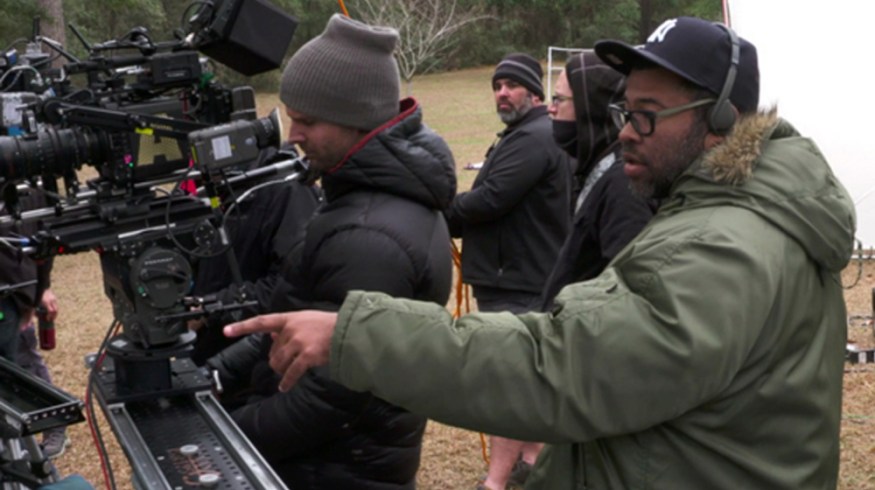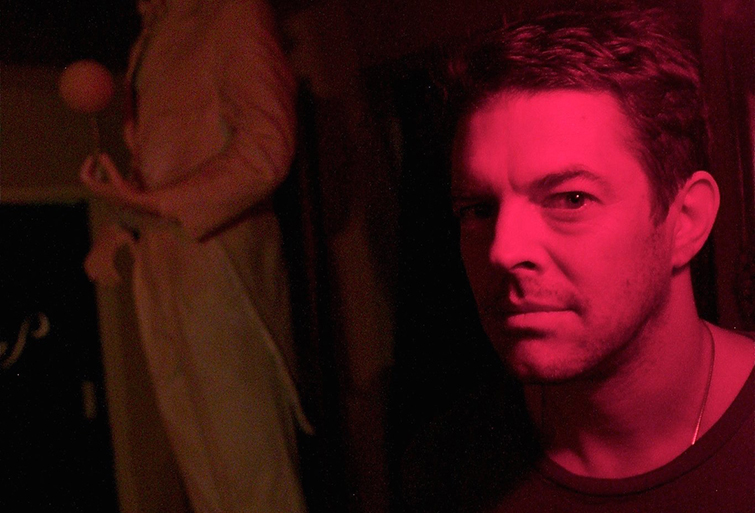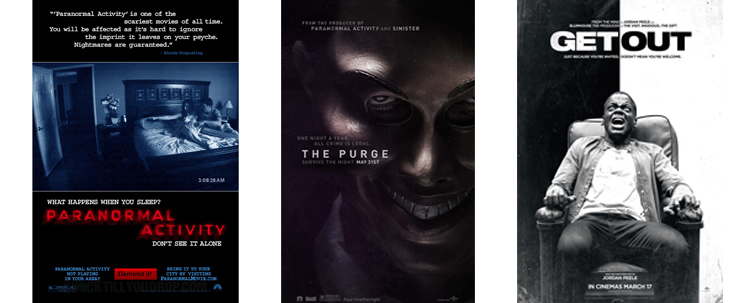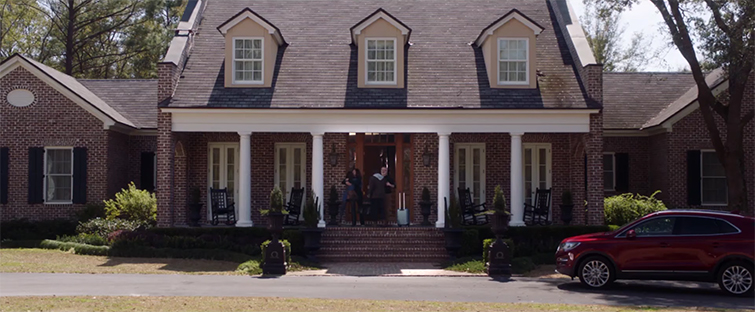
Small Budget? Producer Jason Blum’s 5 Rules for Lean Filmmaking
Lean filmmaking is the successful budget formula for Oscar-nominated Producer Jason Blum. With hits like Whiplash, Get Out, and Paranormal Activity, Blum turns tiny budgets into blockbuster financial returns.
Top image via CNN.
By being unashamedly cheap, Jason Blum disrupted the classic Hollywood filmmaking formula for box office hits. The lean filmmaking formula garners criticism, hate, and condemnation, but it works. What can you learn from lean filmmaking? Here are five ways Blum and his production house excel.

Image via Blumhouse Productions.
Jason Blum’s control over production budgets — alongside the dozens of new movies he produces each year — has made him the leading small-budget film producer in Hollywood over the last decade. Needless to say, that has also made him a very rich man!
Back in 2007, Blum made himself an overnight success when he hit it big with the phenomenal success of Paranormal Activity. The horror film recouped its $15,000 budget in an instant and went on to gross $193 million worldwide.
After analyzing the success of the film, Blum came up with a new lean filmmaking formula — which he has since applied to all of his productions. By 2010, he knew how to produce a decade’s worth of films by making more movies with as little money as possible. He produced three films in 2010, six in 2012, six more in 2013, eleven in 2014, eleven more in 2015, and seventeen in 2016. His productions are regularly box office hits.

- Paranormal Activity (2007)
- $15,000 budget
- $193 million worldwide gross
- Insidious (2010)
- $1.5 million budget
- $97 million worldwide gross
- Sinister (2012)
- $3 million budget
- $78 million worldwide gross
- The Purge (2013)
- $3 million budget
- $90 million worldwide gross
- Get Out (2017)
- $4.5 million
- $160 million since February 2017
Jason Blum puts films into production at lightning speeds, which allows him to earn huge returns on investment. In general, the filmmaking community doesn’t appreciate his approach. Some consider Blum to be too cheap to work with, as he trims as much excess as possible. Cast and crew receive low wages, and he does not guarantee a theatrical release. That said, Blum still attracts directors by giving them full creative control (as long as they are within budget).

Image via CNN.
Blum goes against the Hollywood idea of spending more to make more. He never budgets more than $5 million on a new film franchise. As long as the film is under $5 million, Blum can still recoup the cost via distribution on iTunes, Netflix, and VOD — no matter the film’s overall reception. Of the multiple films he produces each year, only 50-percent of his productions see a theatrical release. Those not released in theaters often go to Video-on-Demand or streaming sites like Netflix.
With these factors in mind, Blum then tends to stick to these five unwritten rules of lean filmmaking.
1. Stay in a Niche — Use its Full Potential
Blum will hardly take on a production that is not horror or sci-fi. He built his business model and philosophy around this niche market. Horror also frequently has the highest return. (With budgets limited to $5 million, it’s well worth the risk.) Blum is very open about his obsession with horror films, as he discusses in this video from Film4.
2. No Expensive Shots. No VFX.
In these films, you will only catch a glimpse of any major action set pieces. Blum takes the whole less-is-more approach. Does the scene call for a plane crash? Don’t expect a CG plane in flames, but you may see some debris and fire. Car chases are kept to a minimum. Get Out’s deer collision scene cost around $10,000, which is nothing compared to similar scenes in higher budget films.
Blum refuses to use major VFX sequences, labeling them as too expensive and time consuming. He was once asked if he could produce a Star Wars film on a budget. His response — Yes, but it wouldn’t be as good.
3. Limit Shoots to One Location, or as Few as Possible

Image via Blumhouse Productions.
The majority of the action in Blum’s films takes place in a handful of locations. These films often take place inside of a house or on one property. In an interview with The Planet Money podcast, Blum confessed the following:
We don’t look for low-budget movies, and then see if we like them. We look for movies that we like, and see if they can be done on a low-budget. And Get Out was such a movie…
Blum’s team takes spec scripts they like and tones them down to fit the budget. For instance, Get Out originally featured a Rockefeller-esque family living in a mansion. The final film, however, replaced the mansion with a large country estate.
4. Limit Dialogue and Speaking Roles to a Minimum
Based on union rates and production costs, Blum knows the different pay scales involved with shooting speaking and non-speaking roles. By using silent background extras, Blum can reduce costs significantly.
5. Control Your Production Budget
The key to the entire lean filmmaking process is tight control of the budget. Directors will not receive any additional funds, which caused directors like Rob Cohen to look for any cuts to the production or budget. Cohen managed to get a discount for the car chase in The Boy Next Door. This may seem inconvenient or counter-intuitive, but Blum challenges directors and crews to find creative solutions and make the best with what they have.
By sticking to the production budget, no matter how difficult it may be, you are ready for any unforeseen or un-budgeted issues that may arise. In this interview with CNBC, Blum exposes his lean filmmaking thinking to its fullest.
Do you have any thoughts about lean filmmaking and its sustainability? Share with us in the comments below.





